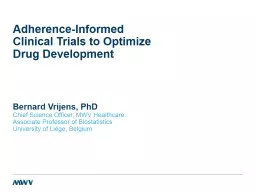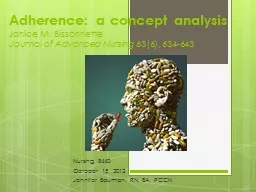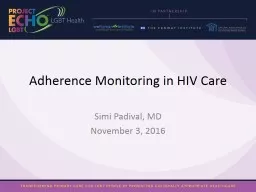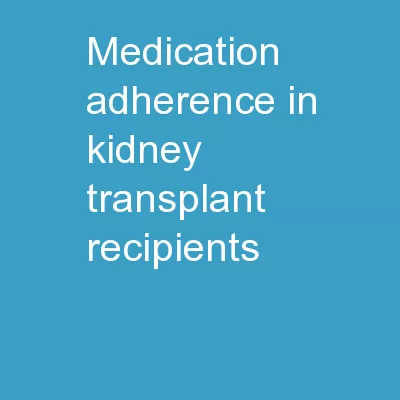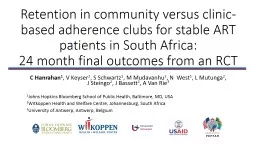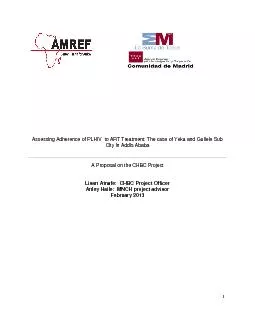PPT-ART Adherence Clubs South Africa
Author : tawny-fly | Published Date : 2018-12-04
August 2014 Which gap in the cascade WHO 2013 Global update on HIV treatment 2013 Results impact and opportunities Growing losses to ART care Boulle et al 2010
Presentation Embed Code
Download Presentation
Download Presentation The PPT/PDF document "ART Adherence Clubs South Africa" is the property of its rightful owner. Permission is granted to download and print the materials on this website for personal, non-commercial use only, and to display it on your personal computer provided you do not modify the materials and that you retain all copyright notices contained in the materials. By downloading content from our website, you accept the terms of this agreement.
ART Adherence Clubs South Africa: Transcript
Download Rules Of Document
"ART Adherence Clubs South Africa"The content belongs to its owner. You may download and print it for personal use, without modification, and keep all copyright notices. By downloading, you agree to these terms.
Related Documents


